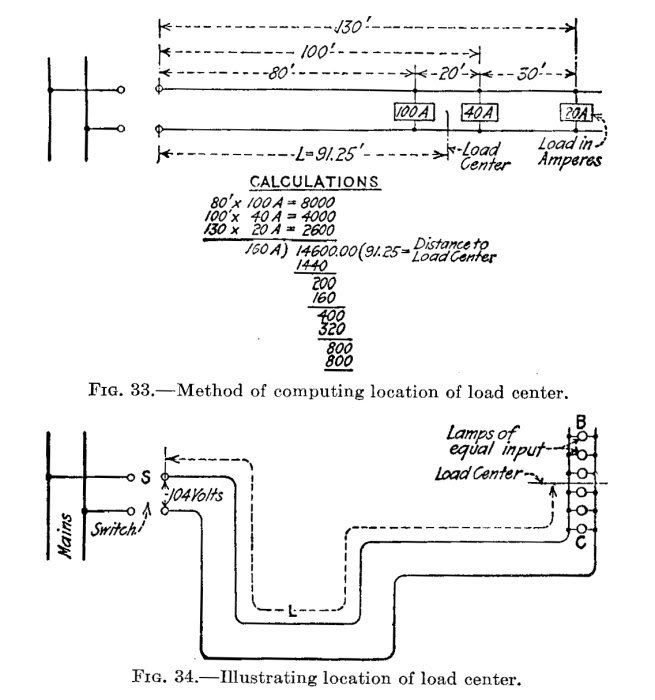WJPhillips
Member
Per job specifications, all homerun conductors have to be #10 or larger. For indoor lighting circuits this was interpeted as only to the first box, due to wording "homerun". The wire was reduced to #12 going to the next boxes.
Is #10 required between every box and only the taps to the fixtures be reduced?
Outside lighting runs are 250 feet to the first box and 50 feet between the next five bollards or 450 feet. Is Voltage drop length figured to the first box or to the end of the run. If to the end of the run is reducing wire size allowed?
Is #10 required between every box and only the taps to the fixtures be reduced?
Outside lighting runs are 250 feet to the first box and 50 feet between the next five bollards or 450 feet. Is Voltage drop length figured to the first box or to the end of the run. If to the end of the run is reducing wire size allowed?


